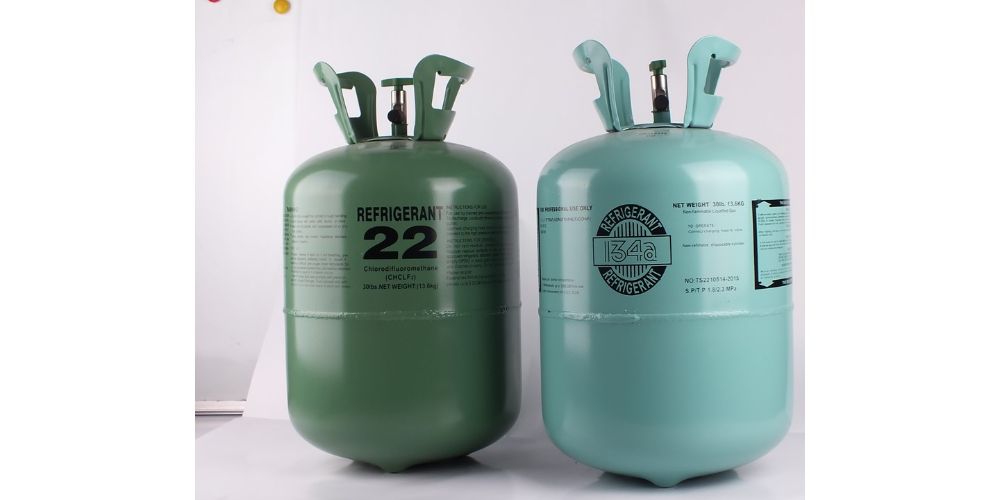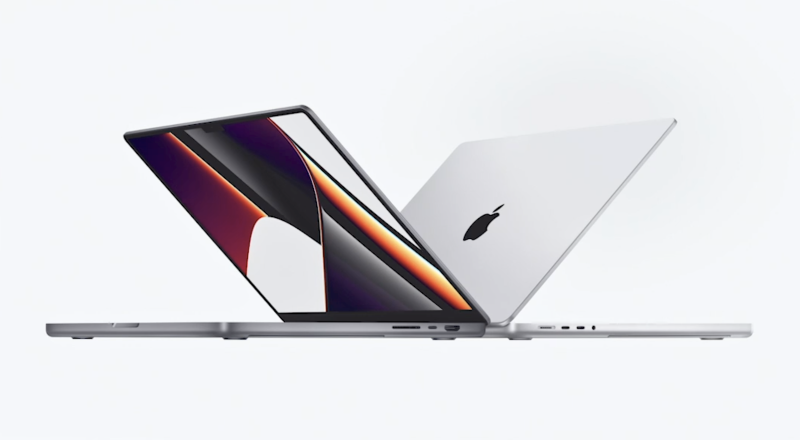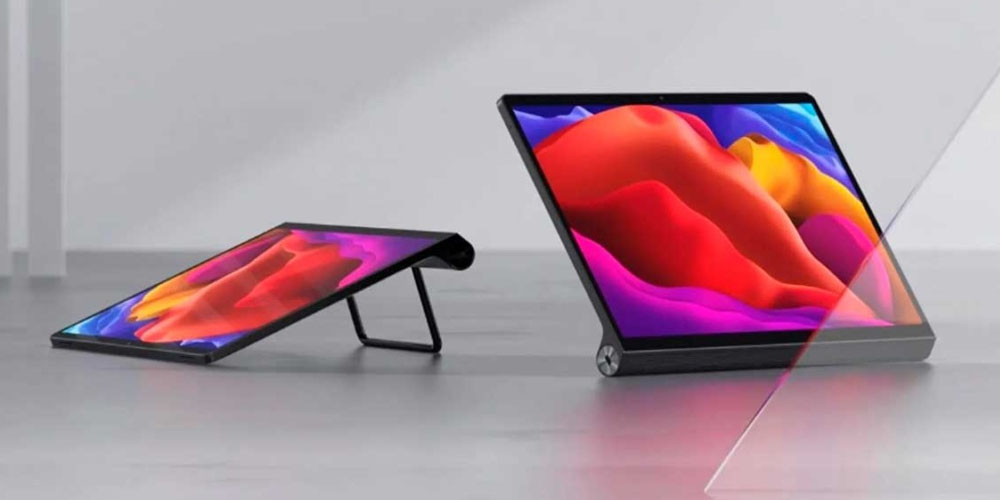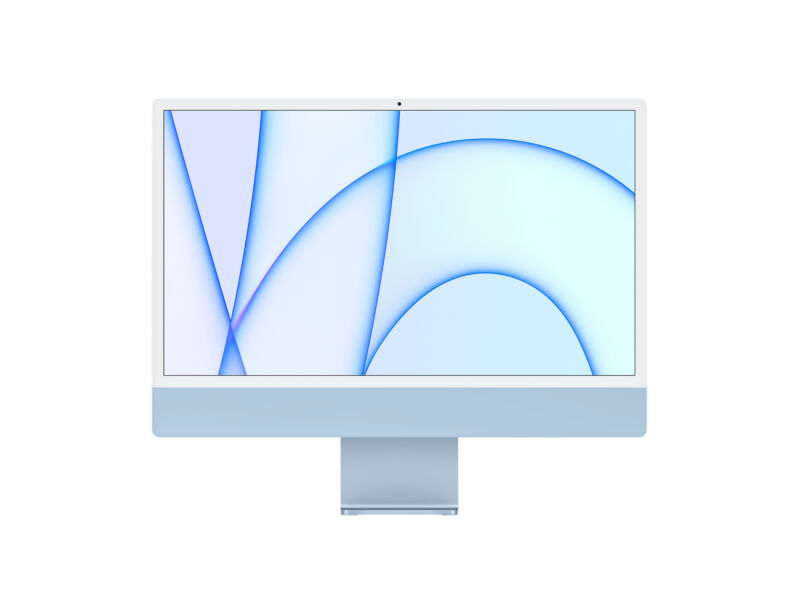Today’s world has changed, and practically all activities are centred around a reliable computer setup. A computer monitor, mouse, keyboard, and a CPU are all part of this setup. Each of these parts is distinctive and important in its own way, but without a monitor, the rest of the equipment is meaningless.
Therefore, there are a number of aspects to take into account for the best monitors when looking for a computer monitors for sale. These include:
Monitor Size
There are two main reasons for choosing the size of your monitor: comfort and productivity. If you want to be comfortable while working on your computer, then you should choose one that is large enough for you to work comfortably at both normal and high resolutions. However, if you want to get work done quickly and efficiently then it is best to choose a smaller monitor with a high resolution so that you aren’t distracted by the size of the screen while working.
Resolution
The most important thing to know about resolution is that there are two main types: HD and 4K. HD stands for high-definition, and 4K stands for ultra-high-definition. The “4” in 4K refers to how many pixels are displayed on the screen at once — 4K displays have 3840 pixels horizontally by 2160 pixels vertically. This means that 4K monitors can display images that look more detailed than other monitors.
Panel Type
Monitors are divided into two main types: LCD panels and LED panels. Both of these types of panels use liquid crystals (LCD) or light-emitting diodes (LED) to display images, but they differ in how they do so. LCD panels use backlight systems while LED panels don’t need backlights because their light sources are self-illuminating (i.e., they only need power).
Refresh Rate
When shopping for monitors, the refresh rate is one of the most important things to look for. A high refresh rate means that images on your screen are displayed more quickly than they would be at lower rates. This helps keep your screen from stuttering or tearing while playing games or watching movies. Most modern monitors have refresh rates of 60 Hz or higher, but if you want to play video games on your computer or watch lots of high-definition video content, then you should look for something with an even higher refresh rate such as 120 Hz or 144 Hz (which is especially useful if you’re watching 3D content).
Stand
Your choice of stand is going to depend on how you use your computer and what kind of setup you have in place already. There are three main types of stands: fixed, tiltable, and height adjustable. Fixed stands are the most common option because they’re easy to install and don’t take up any extra space on your desk. Tiltable stands allow you to adjust the angle of your screen so that it’s comfortable for viewing from all angles, which is helpful if you need to share your screen with others or if you work with documents or spreadsheets that require lots of scrolling up and down. Height-adjustable stands are useful for ergonomics purposes because they allow users to raise or lower their monitor depending on their height preferences without having to move around the whole monitor.
Conclusion
Choosing a monitor today can seem like an overwhelming task. There are so many factors to consider that it’s easy to get lost in the specifics. From resolution and color accuracy to size and manufacturer, monitor shopping can be more complicated than it needs to be, which is why we put this list together. Through all the features and specs of a monitor, the most important thing to consider is your budget. You can make all the comparisons you like, but you should be sure to find a monitor that fits into your budget.














